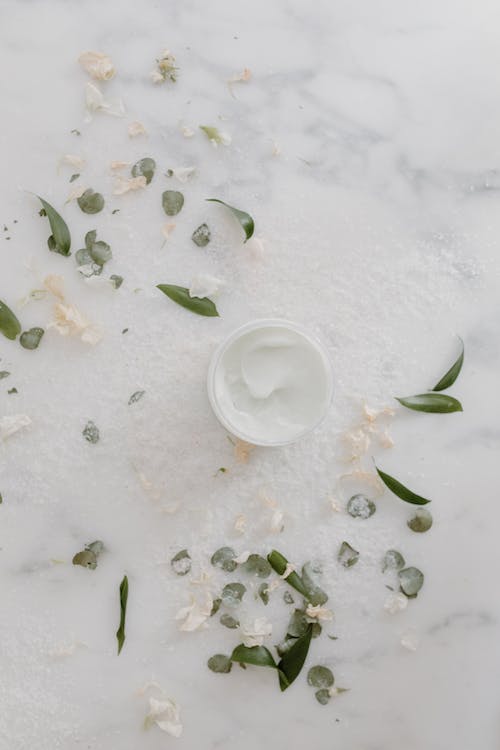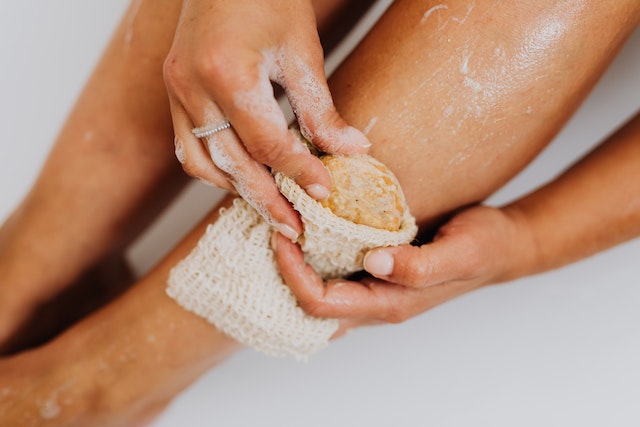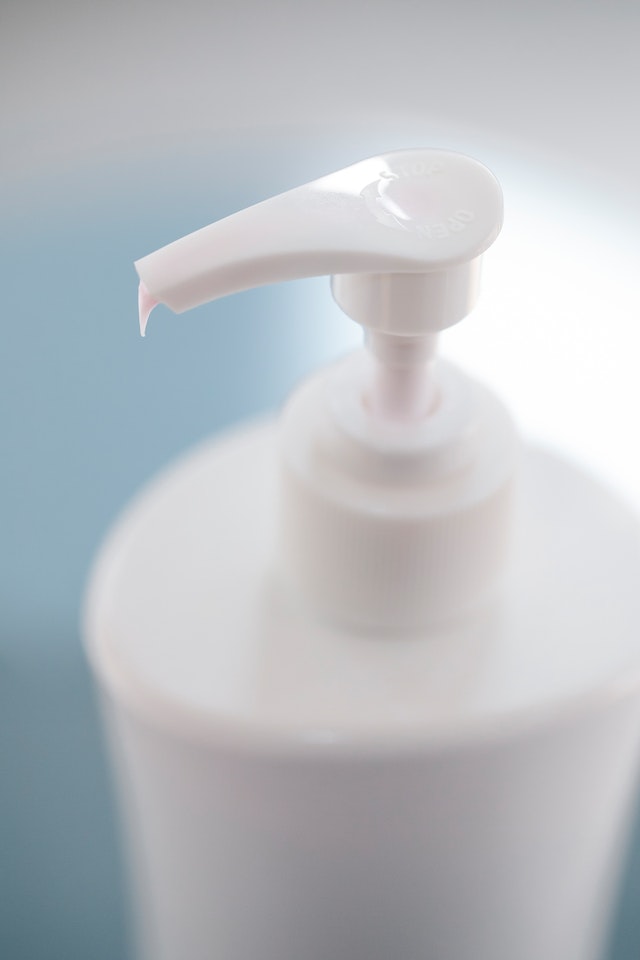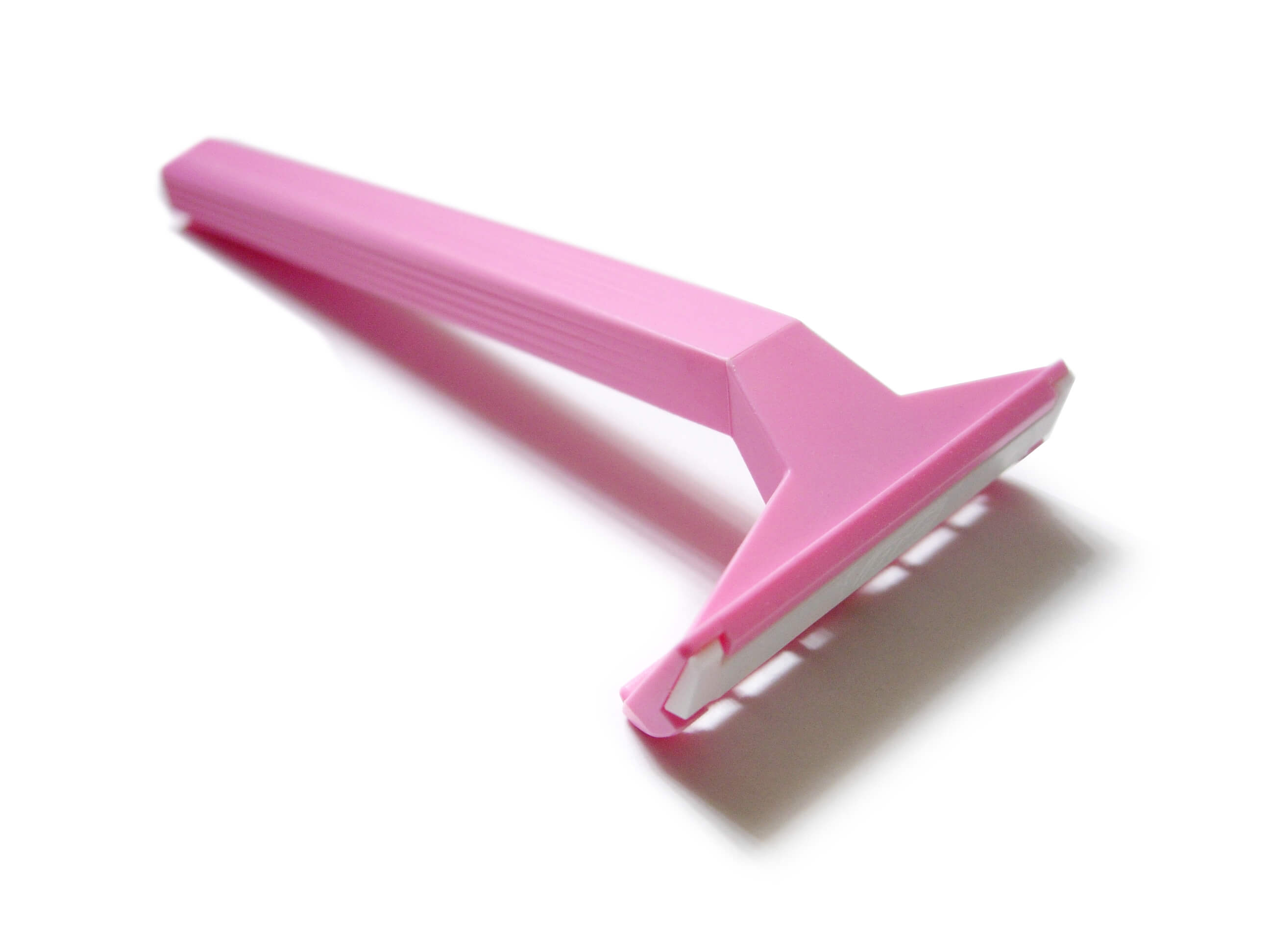Have you searched before about home remedies for strawberry legs?
This article outlines the possible causes of strawberry legs, along with the most important home remedies for strawberry legs.
What is the condition of strawberry legs?
If you’re concerned about home remedies for strawberry legs, let's first explain what it means. Strawberry legs is indeed an umbrella term that can refer to various skin conditions or concerns.
It appears as dark or dotted pores on the skin, typically on the legs. These dots resemble the seeds on the surface of a strawberry, hence the term.

Causes of strawberry legs
Before we show you available home remedies for strawberry legs, we will explain to you the causes that lead to this skin condition.
Strawberry legs can be caused by a combination of factors, including:
Hair Removal Methods
Shaving or using other hair removal methods can sometimes cause the hair follicles to become more noticeable, leading to the appearance of dark pores on the skin.
Clogged Pores
Dead skin cells, oil, and bacteria can clog the hair follicles, resulting in the appearance of dark spots or dots on the skin.
Dry Skin
When the skin is dry, the hair follicles might appear more prominent.
Genetics
Some individuals may be more prone to developing strawberry legs due to their genetic predisposition.
Ingrown Hairs
Ingrown hairs, which occur when hair curls back or grows sideways into the skin, can lead to inflammation and dark spots.
Shaving Techniques
Using a dull blade or shaving too closely to the skin can cause irritation and make the pores more noticeable.
Skin Sensitivity
People with sensitive skin might experience more skin irritation after hair removal, making the pores appear darker.
Hygiene Practices
Not properly cleaning the skin after hair removal can lead to bacterial buildup and clogged pores.
Are home remedies for strawberry legs effective?
Home remedies for strawberry legs can be effective for some individuals, but their effectiveness can vary depending on many factors such as skin type, the severity of the issue, and the specific remedies being used.
While some people may see improvement in the appearance of their skin by using home remedies for strawberry legs, others might not experience significant changes.
So, It's important to approach home remedies for strawberry legs with realistic expectations.
Important tips while using home remedies for strawberry legs
If you decide to try home remedies for strawberry legs, here are a few things to keep in mind:
Consistency
Results may take time, so consistency in applying the remedies is important. It's unlikely that you'll see dramatic changes overnight.
Patch Test
Before applying any new product or remedy to a larger area of your skin, perform a patch test to check for any adverse reactions or allergies.
Individual Variability
Home remedies for strawberry legs that work for one person might not work for another due to differences in skin sensitivity, genetics, and other factors.
Professional Guidance
If you're unsure about a remedy or if you're not seeing the desired results, consider seeking advice from a dermatologist. They can prescribe treatments based on your skin's needs.
Avoid Irritation
Be cautious not to over-exfoliate or use harsh ingredients, as this can lead to skin irritation or worsen the condition.

Home remedies for strawberry legs
Here are some home remedies for strawberry legs that you can try:
Exfoliate your skin
Exfoliating can be helpful as one of the best home remedies for strawberry legs.
Here's a step-by-step guide on how to exfoliate effectively for this purpose:
Choose the Right Exfoliant
Use a mild scrub, an exfoliating glove, or a chemical exfoliant with AHAs (alpha hydroxy acids) or BHAs (beta hydroxy acids). These can help remove dead skin cells and unclog pores.
Prep Your Skin
Before exfoliating, wet your skin with warm water to soften it. This makes exfoliation more effective and less abrasive.
Apply Exfoliant
Gently apply the exfoliant to the affected areas of your legs. Avoid pressing too hard, as aggressive scrubbing can irritate the skin.
Circular Motions
Use gentle circular motions to massage the exfoliant onto your skin. Pay extra attention to areas with visible pores or discoloration.
Rinse Off
Once you've exfoliated for a minute or so, rinse off the exfoliant with lukewarm water. You should remove all traces of the product.
Pat Dry
Gently dab your skin with a clean, soft towel to dry it. Avoid rubbing, it causes irritation.
Moisturize
After exfoliating, apply a moisturizer on your skin for hydration. This can help maintain its smoothness and reduce dryness.
Frequency
Exfoliate your skin no more than 2-3 times per week to avoid over-exfoliation, which can lead to irritation.
Sun Protection
After exfoliating, apply sunscreen if you plan to be exposed to the sun because the skin after exfoliation can be more sensitive to UV rays.

Hydrate your skin
Hydrating your skin is an important step in managing the appearance of strawberry legs.
Here's how to effectively hydrate your skin as one of the most important home remedies for strawberry legs.
Choose the Right Moisturizer
Use a moisturizer that suits your skin type. Look for one that is non-comedogenic and provides long-lasting hydration.
Apply After Showering
Moisturize your legs immediately after showering or bathing. This helps lock in moisture while your skin is still slightly damp.
Use Moisturizing Ingredients
Look for moisturizers containing ingredients like hyaluronic acid, glycerin, shea butter, or ceramides, which can deeply hydrate the skin.
Avoid Fragrances
Fragranced products can sometimes cause irritation. Choose fragrance-free or hypoallergenic moisturizers.
Massage Gently
Apply the moisturizer with gentle, upward motions to avoid unnecessary friction on the skin.
Consistency
Moisturize your legs daily, or even twice a day if needed, to maintain skin hydration.
Drink Water
You should drink an adequate amount of water to keep your skin hydrated.
Humidifier
If you live in a dry environment, using a humidifier in your living space can help maintain the skin's moisture levels.
Avoid Harsh Soaps
Use a gentle, moisturizing body wash that doesn't strip your skin of its natural oils.
Protect from the Sun
Sun exposure can lead to dryness. Apply sunscreen to your legs to protect your skin from UV rays.
Natural Oils
You can also apply natural oils like coconut oil, jojoba oil, or almond oil to provide an additional layer of hydration.

Shave properly
Using proper shaving techniques can help minimize the appearance of strawberry legs.
Here's how to shave effectively:
Preparation
Start by softening your skin with warm water or taking a warm shower. This helps open up the pores and soften the hair, making it easier to shave.
Exfoliation
Gently exfoliate your skin before shaving to remove dead skin cells. This can help prevent ingrown hairs and make the shaving process smoother.
Use a Sharp Razor
Use a clean, sharp razor to ensure a close and smooth shave. Dull blades can cause irritation and uneven hair removal.
Shaving Cream or Gel
Apply a good-quality shaving cream or gel to create a protective barrier between your skin and the razor. This helps prevent friction and irritation.
Shave in the Direction of Hair Growth
Shave in the same direction as the hair growth to reduce the risk of ingrown hairs and irritation. For most areas of the legs, this means shaving from ankle to knee.
Rinse the Razor
Rinse the razor frequently to prevent clogging and ensure a smooth shave.
Avoid Going Over the Same Area Repeatedly
Repeatedly shaving the same area can cause irritation. If needed, apply more shaving cream and shave carefully.
Moisturize After Shaving
After you've finished shaving, rinse your legs with cool water to close the pores, then pat them dry, and apply a moisturizer to keep the skin hydrated.
Regular Maintenance
Shave regularly to prevent the hair from growing too long, as longer hairs can be more prone to ingrown hairs.
Replace Razor Blades
Change the razor blade after a few uses or if you notice any signs of dullness or rust.
Finally, if your strawberry legs persist or worsen despite using home remedies for strawberry legs, consult a dermatologist for professional advice and possible treatments.
Keep in mind that outcomes can differ among individuals. Be patient and consistent with your routine, and don't hesitate to seek professional guidance if needed.
Read more about:


You must be logged in to post a comment.